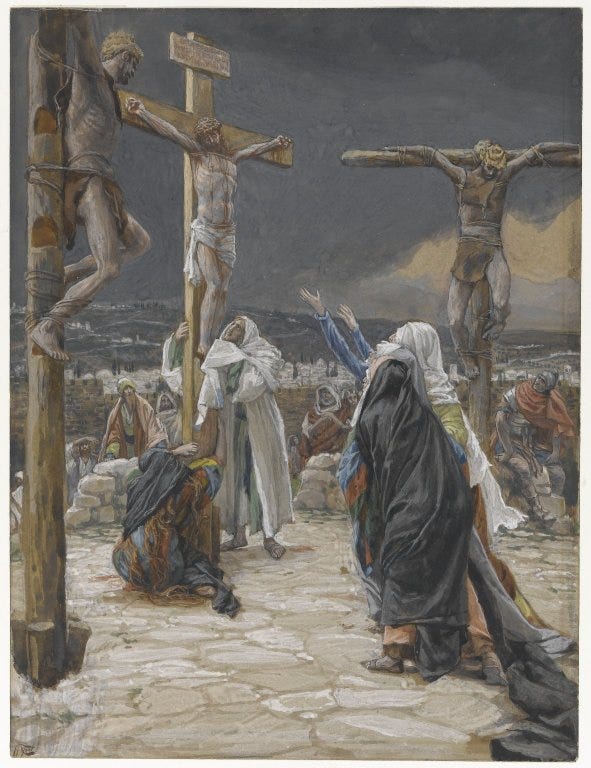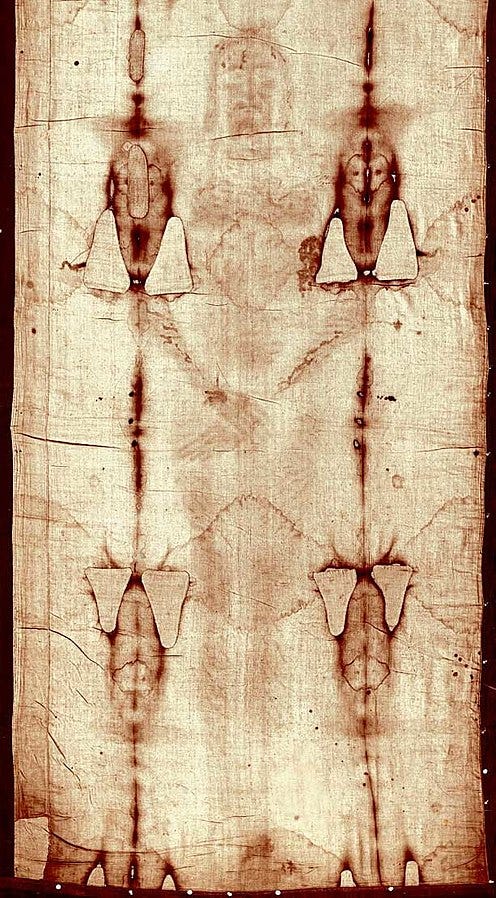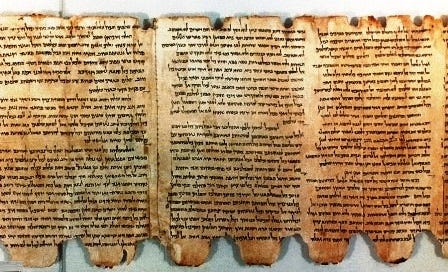Exploring the Existence of Jesus Christ: Fact or Faith?
Written on
Chapter 1: The Nature of Faith and Evidence
The question of Jesus Christ's identity—whether he is viewed as God, a prophet, or the Messiah—has intrigued humanity for centuries. With over two billion Christians around the globe, the inquiry into his true nature remains vital. While many regard him as divine, other belief systems classify him merely as a prophet. This leads to a fundamental question: did Jesus truly exist?

If we accept the idea that Jesus is divine, we must understand the essence of faith. Faith is not merely knowledge, nor can it substitute for it. While both faith and knowledge share cognitive aspirations, faith serves as a complement in a parascientific manner. To believe in something means we do not fully comprehend it. But what does faith signify?
Philosopher John Locke asserts that reason, distinct from faith, unveils certainty or the likelihood of truths derived from our cognitive faculties through deduction and sensory experiences. Conversely, faith involves accepting truths not through logical reasoning but through trust in divine revelations. This process of revealing truths is termed revelation.
Despite the large following of Jesus Christ, does this indicate his historical existence? What evidence supports the claim that he was, indeed, the Son of God?

Section 1.1: Insights from the Gospels
The primary historical references to Jesus emerge from the four Gospels: Matthew, Mark, Luke, and John. The first three, known as the synoptic Gospels, share similarities in content, language, and style. A theory posits the existence of an early Christian document called the Q source, likely composed in Galilee during the 50s, which potentially contained Jesus' sayings. Unfortunately, this document has not survived.
Historians believe that none of the Gospel authors personally encountered Jesus. The Gospel of Mark is thought to have been written around 70 AD, with Matthew and Luke following after 80 AD, and John after 90 AD. This indicates that these texts were penned 40 to 60 years post-crucifixion. Only Matthew and John might have been firsthand witnesses to Jesus' life.
Despite being a fisherman from a lower social stratum, John may have lacked literacy skills, as education was predominantly accessible to the affluent. Notably, Jesus and his disciples communicated in Aramaic, while the Gospels were composed in Greek.
Thus, it is plausible that the well-articulated texts were produced by skilled writers. Interestingly, none of the Gospel authors claim apostolic status, and these texts are often written in the third person, suggesting they may have been anonymous. The attributions to Matthew, Mark, Luke, and John appear to have been made to impart apostolic credibility to the nascent religion. Consequently, these texts likely reflect the accounts of other individuals.
What do the Gospels reveal about Jesus? He is believed to have been born before 4 BC during King Herod's reign and raised in Nazareth. His ministry commenced around 30 AD, proclaiming the impending Kingdom of God and asserting his identity as the Messiah. Ultimately, he faced crucifixion under Pontius Pilate's orders.

Section 1.2: Non-Christian Historical Accounts
References to Jesus also appear in Roman historical texts. Tacitus, in his 115 AD work "Annals," mentions Jesus, stating, "Nero blamed and punished a class despised for their vices, known as Christians. Christus, from whom the name originated, faced the ultimate punishment during Tiberius' reign at the hands of Pontius Pilate, and a pernicious superstition persisted, not only in Judea but also in Rome."
Additionally, Jewish historian Josephus Flavius, in "Antiquities of the Jews," discusses James the Just, noting he was Jesus' brother and a leader of the Christian community in Jerusalem.
"Festus had died, and Albinus was en route; he summoned the Sanhedrin and brought forth the brother of Jesus, called Christ, named James, along with others, accusing them of breaking the law and delivering them for stoning."
While historians affirm the authenticity of this account, they express skepticism about the wording concerning Christians, suggesting it may not have originated from the initial author.

Chapter 2: Artifacts and Their Significance
The first video, "Bible Secrets Revealed: The Real Jesus (S1, E4) | Full Episode," provides insight into the historical context of Jesus Christ and the various interpretations of his life and teachings.
The second video, "Evidence of Jesus' Birth Revealed | Full Episode," examines archaeological findings that may support claims regarding the early life of Jesus and their implications for historical faith.
The Shroud of Turin, believed by some to have enveloped Jesus after his crucifixion, features visible bloodstains and a discernible human figure. This relic, housed in Turin, Italy, is mentioned in the Gospels but its authenticity is debated. Radiocarbon dating places it in the 14th century, casting doubt on its connection to Jesus.

Another significant archaeological find is the Dead Sea Scrolls, which were written in Hebrew, Aramaic, and Greek. Discovered between 1947 and 1956 in caves near Qumran, these scrolls have been dated to the era of Jesus. Among the texts, a reference to a "Teacher of Righteousness" raises questions about the potential identity of this figure, though scholars remain divided.

Ultimately, the lack of definitive evidence may leave us uncertain about Jesus Christ's existence. The scant available evidence is often scrutinized by historians and biblical experts. Following Locke's reasoning, unless we unearth substantial proof for or against his existence, faith in Jesus will continue to thrive, keeping him firmly within the realm of the sacred.
Attention all readers!
As content creators on Medium.com, we encounter limited compensation for our efforts. If you find value in my articles, please consider supporting me on my “Buy Me a Coffee” page. Your contributions can greatly impact my ability to produce quality content. Thank you for your support!

